Quick Charge and PD - what is it and how does it work

What is QuickCharge in general? We understand fast charges
Fast charging is now one of the promising areas of development for all manufacturers of gadgets.
We are used to the fact that smartphones, tablets and laptops instantly lose their charge, but we want the gadgets to spend as little as possible at the outlet.
In response to market demands, manufacturers massively equip gadgets with support for fast charging.
It's time to understand the variety of technologies and methods of fast charging.
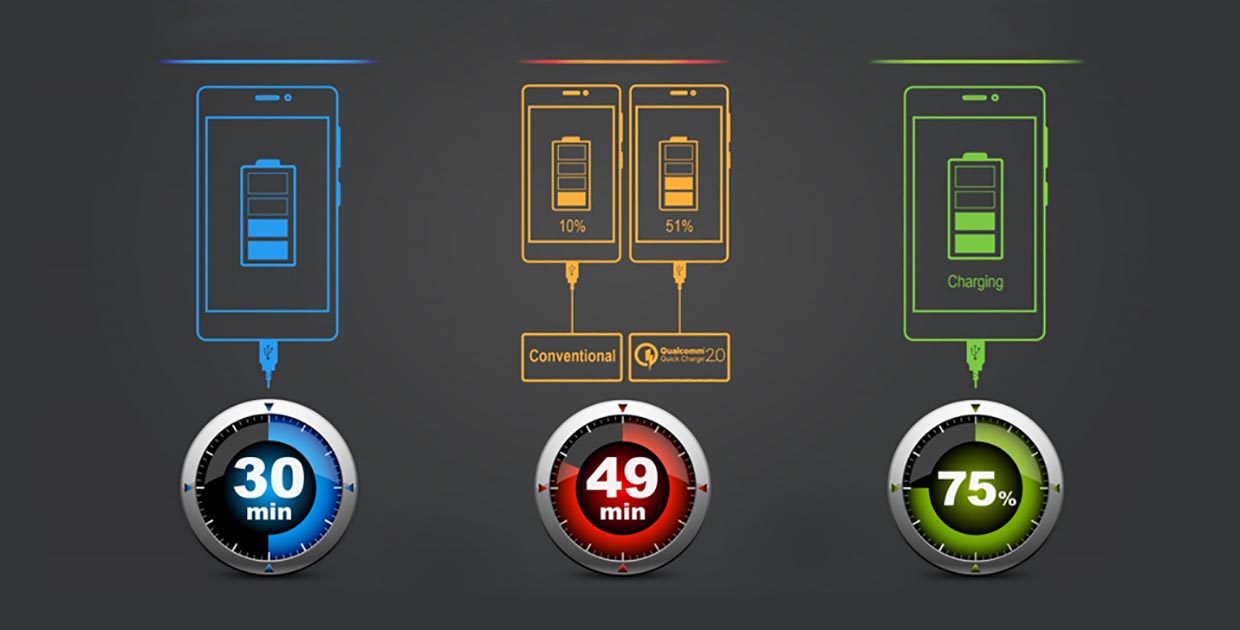
How fast charging works in principle
Conventional chargers or a USB port are capable of supplying a voltage of 5V to the device with a current strength of 0.5 to 2.5A. Under such conditions, modern smartphones and tablets charge for a very long time: from several hours or even all night.
Fast charges are characterized by increased current and voltage. In different standards, these values can reach up to 20V and 5A.
In addition, there is feedback from the battery, allowing the adapter to flexibly change the charge parameters.
For fast charging, you need both standard support on the part of the gadget and an appropriate charger. With a mismatch, fast charging simply will not occur, charging the consumer in the usual slow way.
For example, in the Quick Charge technology, the INOV (Intelligent Negotiation for Optimum Voltage) mode is used, which determines the optimal voltage for the charge using the signals from the battery.
A fully discharged battery (or close to such a state) can be safely charged at high voltage, “filling” half of the capacity in record minutes, and closer to the end of charging it is necessary to reduce the voltage so as not to overcharge and not ruin the battery.
That is why all manufacturers of fast charging technology like to boast of the first fast charge cycle, saying that 40-60% will replenish in 30-60 minutes.
Almost everyone equips the manufactured devices with a “unique” standard, tying the buyer to accessories of their own production.
Here are the most common ones.
Quick charge
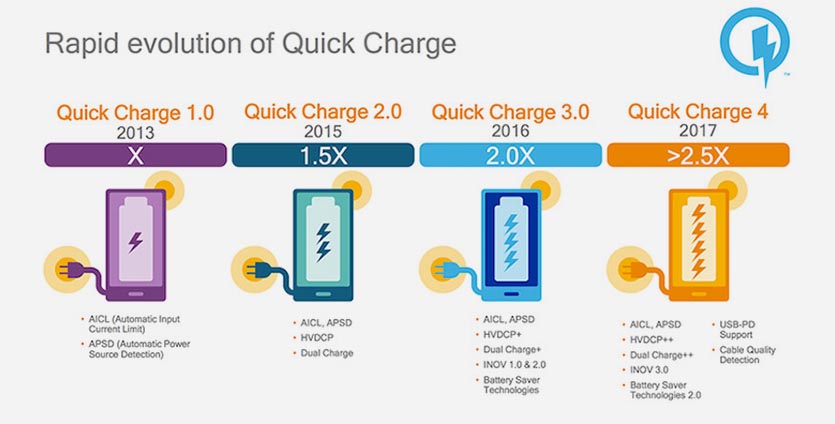
This is currently the most common Qualcomm fast charge standard. It is supported by most Android smartphones with modern Snapdragon processors.
The first generation was released back in 2013. Since that time, technology has gone through three rounds of evolution.
Charging became faster, and the module was supplemented with an increasing number of new chips, not only to speed up the process, but also to increase security.
Now the output power of some Quick Charge chargers reaches 24W, but most manufacturers limit this indicator to 18W.
So, the fourth generation Quick Charge in 15-20 minutes can charge half the battery capacity of 3000 mAh.
Power Delivery (USB-PD)
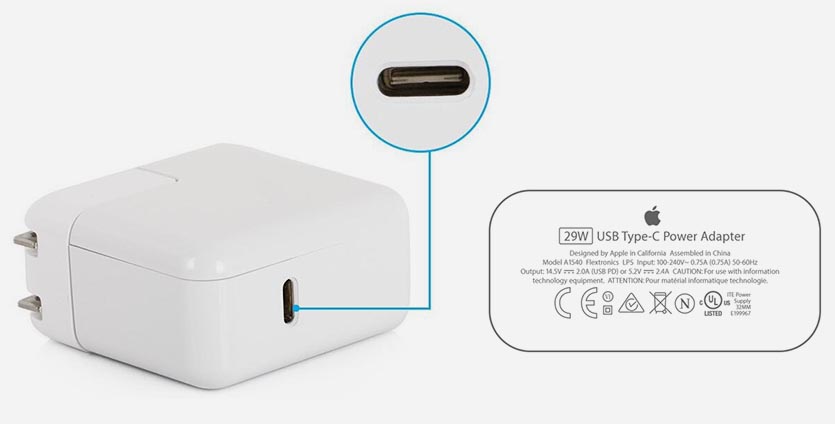
A less common standard for fast charging, which is used by Apple in manufactured gadgets.
Initially, fast charging is possible using Apple power adapters with a USB-C port rated at 29, 30, 61 or 87 watts.
In addition, Apple supports third-party accessories with USB Power Delivery (USB-PD) certification.
Fast charge is supported on iPhone 8/8 Plus / X / XR / Xs / Xs Max.
For example, when using a compatible charger, you can recharge iPhone 8 to 50% in 30 minutes.
AFC (Adaptive Fast Charging)
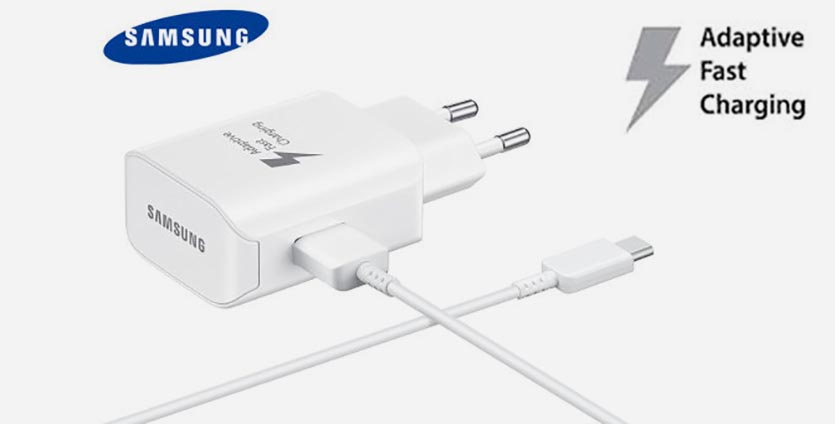
The AFC fast charge standard is widely used in many Samsung models. Technology appeared back in the days of the Galaxy Note 4 and Galaxy S6.
Chargers supporting this standard can operate in two modes: standard 5V at 2A and fast 9V at 1.67A. This charging technology is compatible with Qualcomm's Quick Charge 2.0.
Samsung gives such statistics: when using Adaptive Fast Charging, a battery with a capacity of 3300 mAh charges up to 60% in 30 minutes, and in the standard way it is possible to charge about 15% during this time.
Pump express
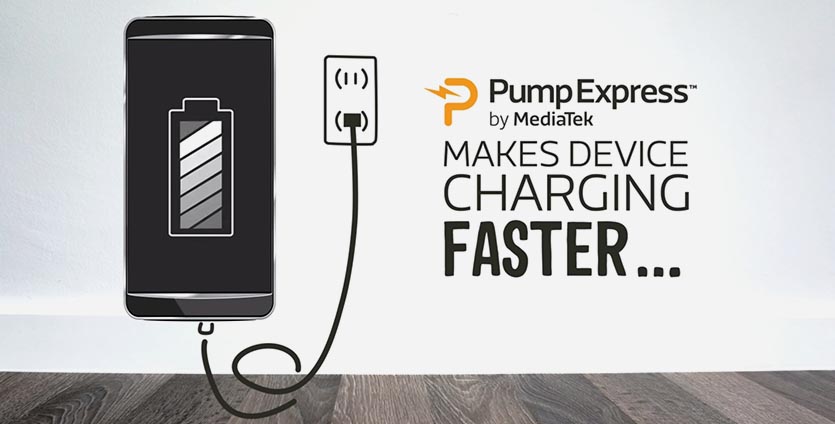
This fast charging technology is being developed by MediaTek. At the moment, the third generation of Pump Express 3.0 is actively used.
During charging, the power supply actively monitors the temperature of the battery and changes the operating mode depending on the change in the indicator.
A prerequisite for this type of fast charging is the presence on board the MediaTek processor and Type-C port.
One of the supported devices - Meizu Pro 6 can fully charge a 2560 mAh battery in an hour!
Turbo power
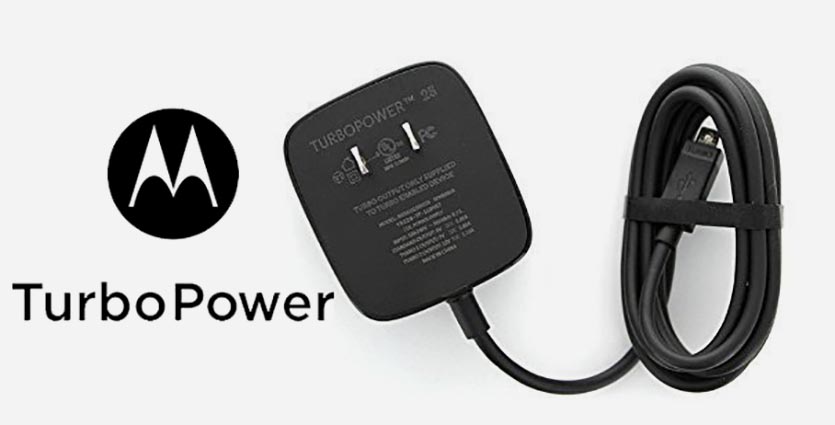
The standard is developed and maintained by Lenovo, and is currently used in Motorola smartphones. Based on the standard Quick Charge 2.0 with support for backward compatibility. For work, the device requires a Snapdragon processor.
TurboPower developers decided to increase the charge power to 25.8W. The charger is capable of delivering from 5 to 12V depending on the stage of charging.
The battery capacity of 3750 mAh using charging with TurboPower support is able to charge up to 80% in 45 minutes, and it takes only 80 minutes to fully charge.
VOOC Flash Charging / Dash Charge
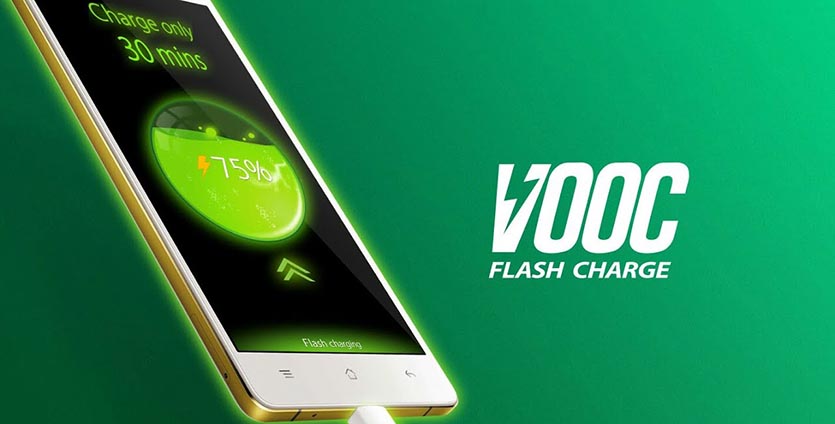
BBK, a Chinese electronics manufacturer, has developed and implemented its own technology for accelerated battery charging.
It is being implemented in devices under the Oppo brand called VOOC Flash Charging, and on OnePlus devices the same technology is called Dash Charge.
Charging at a normal voltage of 5V produces power up to 25W. So a 3000 mAh battery charges in 30 minutes to 75% if the smartphone and power supply support VOOC Flash Charging.
OnePlus devices have a limitation on the charging power of 20W and the need to use an original cable for charging.
At the same time, Dash Charge charges a 3000 mAh battery in 30 minutes to 63%.
Super charge
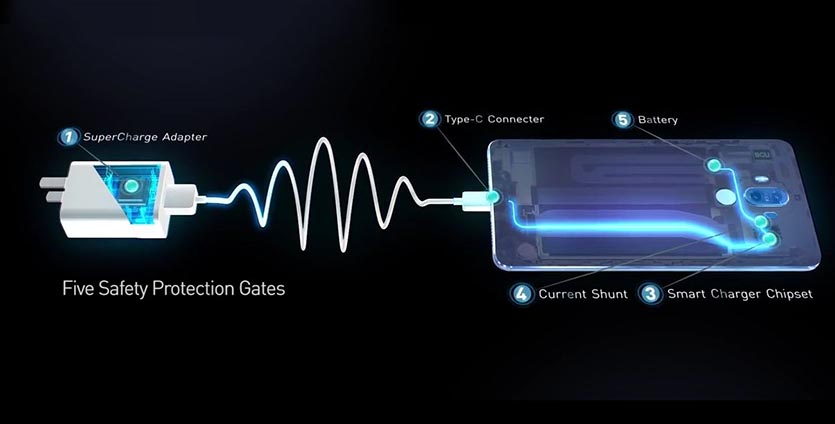
The standard was developed by Huawei. Such charging began to be used in the flagship line starting with the Huawei Mate 9 model.
At a voltage of 5V, charging at peak times can produce power up to 22.5W.
With Super Charge technology, the 4000 mAh battery charges up to 57% in 30 minutes.
Super mCharge
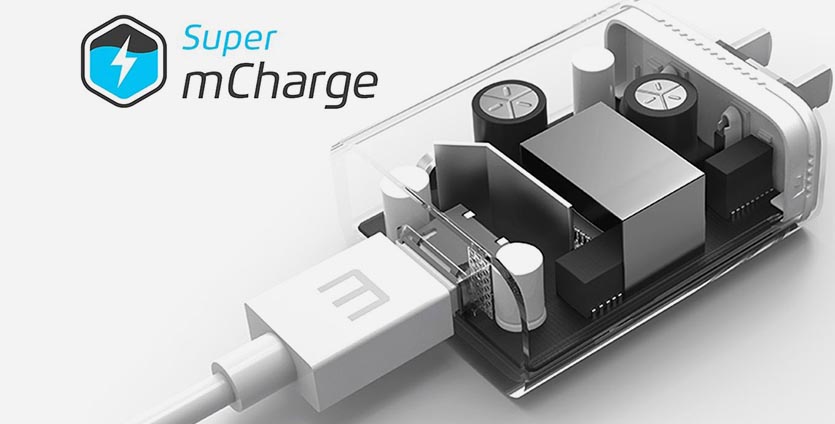
A development with this name was demonstrated last year by Meizu.
The most powerful of all 11V mobile chargers can deliver up to 55W of power. This is comparable to the power supply on some modern laptops.
This charging method imposes a severe restriction on the cable used. Only a special cord with a smart module and additional protection can power the device as quickly as possible.
The creators of the technology claim a full charge of a 3000 mAh battery in 20 minutes.
The results. It's complicated and it's stupid
Сonclusions
As you can see, it does not smell like a single standard in the world of fast charges. It is more profitable for developers to use their best practices or a strictly defined standard to tie users to original accessories.
This is a comparison table of existing standards for fast charging gadgets:
| Developer / Technology | Voltage / maximum power |
| Qualcomm Quick Charge 2 | 5/9/12/20V, <15W |
| Qualcomm Quick Charge 3 | 3.2-20V, <15W |
| Qualcomm Quick Charge 4 | 5-24V, <15W |
| USB Implementers Forum – Power Delivery | 5/12/20V, 100W |
| Samsung Adaptive Fast Charging | 5/9V, 15W |
| MediaTek Pump Express | 9/12V, <18W |
| Lenovo (Motorola) TurboPower | 5/9/12V, 25.8W |
| BBK (Oppo) VOOC Flash Charging | 5V, 25W |
| BBK (OnePlus) Dash Charge | 5V, 20W |
| Huawei Super Charge | 5V, 22.5W |
| Meizu Super mCharge | 11V, 55W |
The Apple solution looks unexpectedly promising against this background.
The company did not begin to develop its own standard, but adopted the universal development from the USB Implementers Forum. Google also supports this standard, trying to make it the same for Android devices with a USB Type-C port.
The main advantage of this standard is the support of a large number of profiles, suitable both for charging smartphones and for quickly feeding powerful laptops.
This will allow you to use a universal power supply, and he, in turn, will choose the mode suitable for power and voltage for the connected device.
So Apple does not boast of its standard - and does fast charging correctly. As we can see, the difference is not only in “marketing” ...
Buy Quick chargers QC3.0 QC4.0 and PD for transport and furniture
If you need QC chargers for transport vehicles, boats or motorcycle please watch our vehicle USB chargers catalog. We also produce built-in USB chargers for furniture.